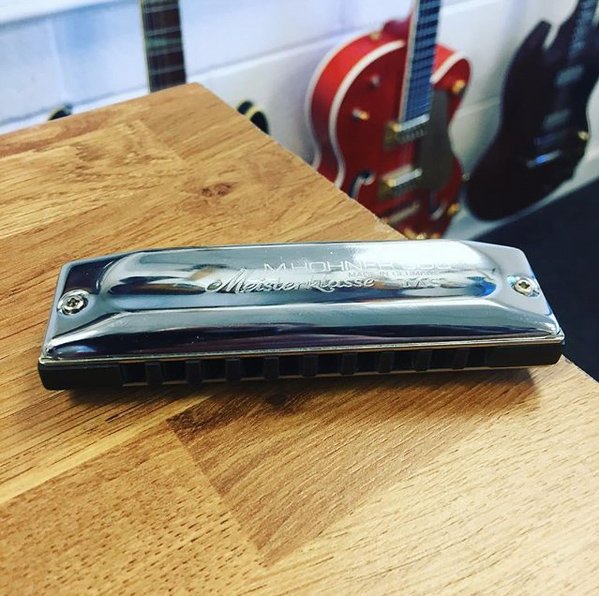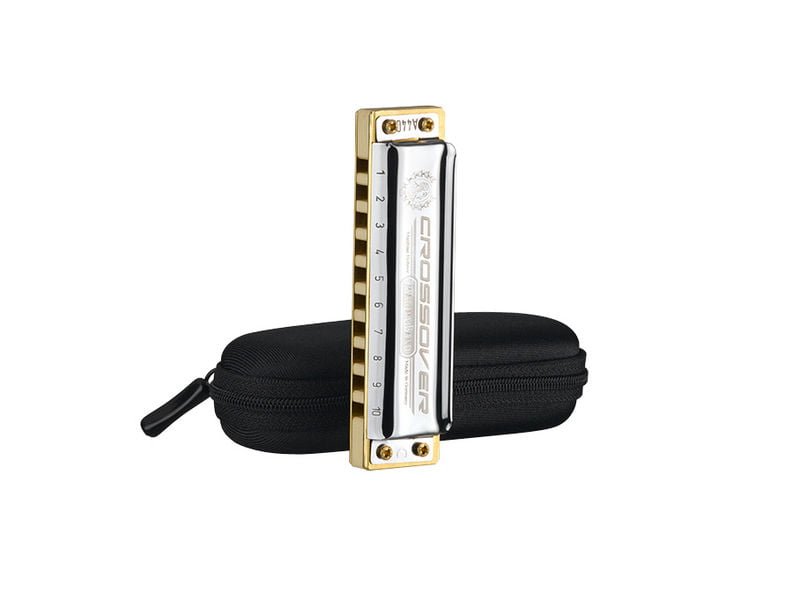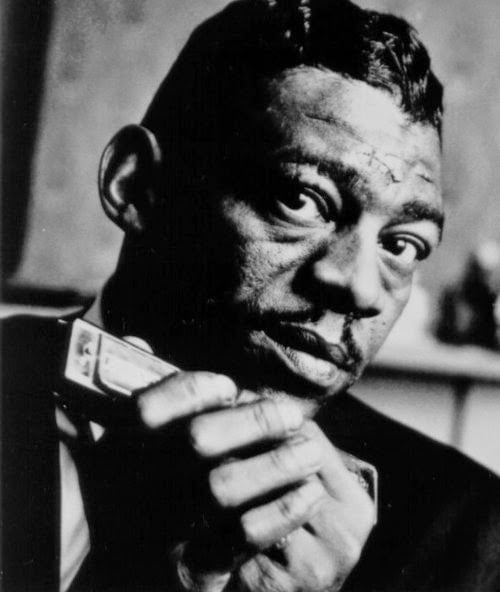How Much Difference do Comb Materials Make to the Sound of your Harmonica?
Musicians are often obsessed with the materials used in their instruments and how they affect tone. For years I was convinced that the high density of the wood used for my Telecaster’s body was the key to its sustain. That was until I played some very light Fender Custom Shop guitars that reside at our sister company, Coffeehouse Guitars, and realised that this hypothesis was entirely incorrect.
In a similar vein, much has been written about the materials used in harmonica combs, and how these influence tone and feel. Conventional wisdom posits that wood has the warmest sound, and metal the brightest. In recent years, however, many harmonica players have suggested that differences in tone between harps are more a consequence of their overall design than comb material. Pat Missin has written an interesting article on the subject here.
The truth, however, seems to lie somewhere in the middle. Let me explain: We’ve been offering the Andrew Zajac custom combs for some time now. They’re very flat combs, made from a wood/resin composite that is extremely durable, water resistant and purports to have a tone that is similar to unsealed pearwood. Many customers use them to replace swollen Marine Band combs, but they’re available for a wide range of other harmonicas, including Hohner’s MS Series harps.
As an experiment, we thought we’d try replacing the alloy comb on a Meisterklasse diatonic (Hohner’s top end MS Series harp), with a Zajac comb. The Meisterklasse is known to have a very bright tone, with average volume levels. We reasoned that if comb material made a substantial difference then we would be able to notice a change in tone immediately.
The results were marked, and in some ways unexpected. First, it was considerably louder with the Zajac comb installed. Andrew’s combs are known to be the flattest in the business, so air tightness may be one of the reasons for this. That said, though, the standard Meisterklasse comb is an exquisite piece of detailed machining, and I’d expect it to be as air tight as any production harmonica comb.
Perhaps of more interest was the tone. It now sounded more like a Marine Band, or perhaps a Crossover, but with better response and a bit more volume. Given that these are advertised as giving the sound of unsealed pearwood, this, is perhaps, unsurprising. What was surprising, though, was the degree of difference in tone between the two combs, when all else remained equal.
Of course, there are some caveats here. This wasn’t a blind test, and there may be an element of confirmation bias creeping in. The possible improved flatness of the Zajac comb may also have had an influence on the volume and responsiveness of the harp. Ultimately, though, to my ears there was an appreciable change in tone.
As ever, drop me a line or post a comment if you have any thoughts or questions.
JP





I am considering buying a Seydel symphony grand which its available with acrylic and aluminium comb options. What difference in tone and volume can I expect? Thank you for giving this your consideration.
Hi,
I’ve sold a few of these, but not done a direct comparison (they’re too expensive to demo!) The alloy model is certainly heavier, and should be a little brighter than the acrylic one.
Cheers,
JP